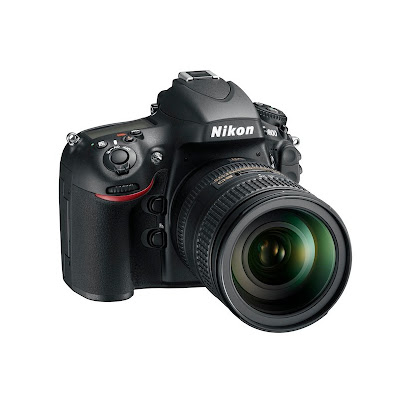
Famous CPU and chip designer, Taiwanese company VIA is launching today its ARTiGO A1200 SlimPC small form factor (SFF) computer system, on its official website.
VIA’s Eden X2 dual core processor was quite some time ago. It’s an out-of-order 64 Bit architecture so it should be able to surpass any Intel Atom CPU running at the same frequency. The out-of-order architecture is also advantageous in many in-optimized scenarios where in-order architectures such as Atom usually can’t display satisfactory performance. These processors are built in TSMC’s 40nm manufacturing technology and are fully pin-to-pin compatible with VIA Eden, VIA C7, and VIA Nano E-Series processors. The company is marketing a 7 year longevity guarantee. We’re...



 5/30/2012 08:30:00 PM
5/30/2012 08:30:00 PM
 dannzfay
dannzfay























